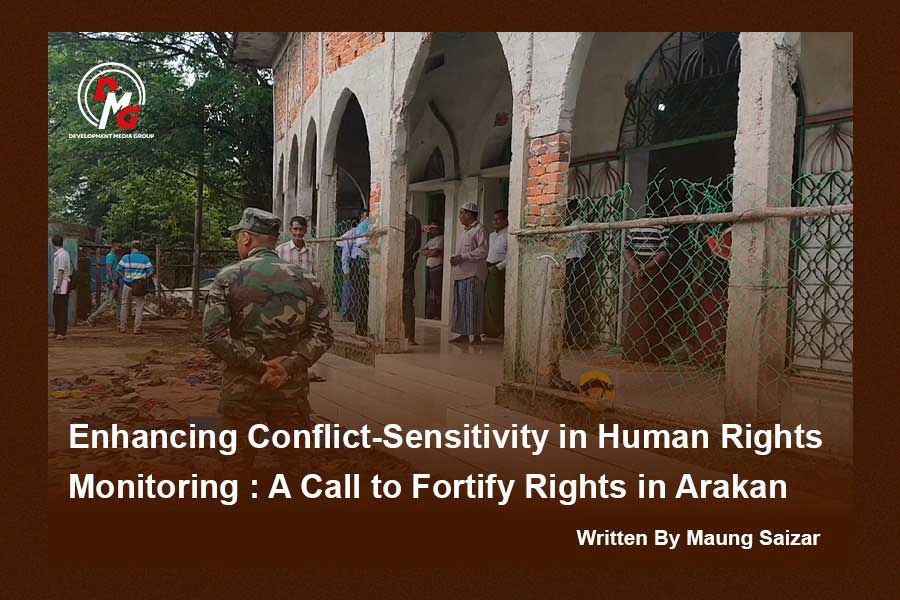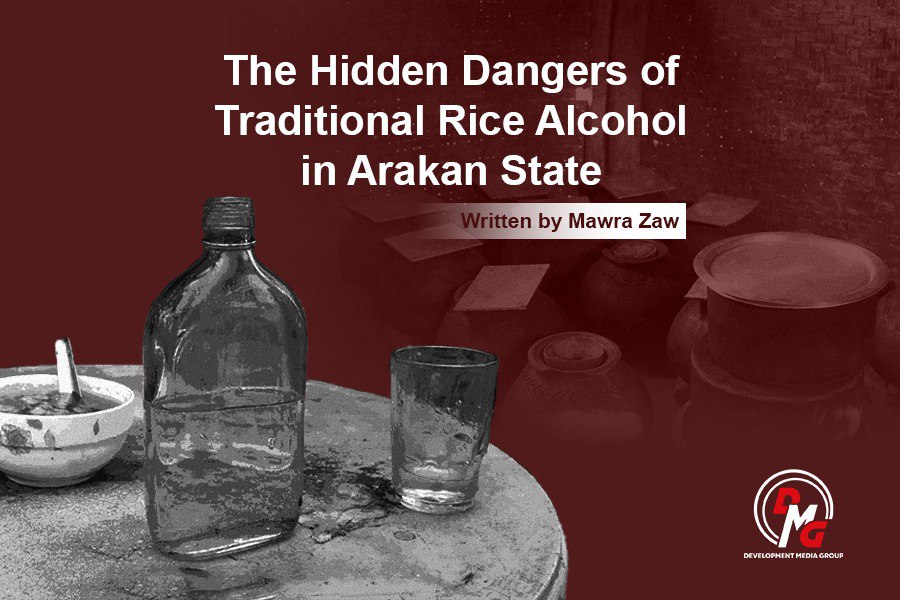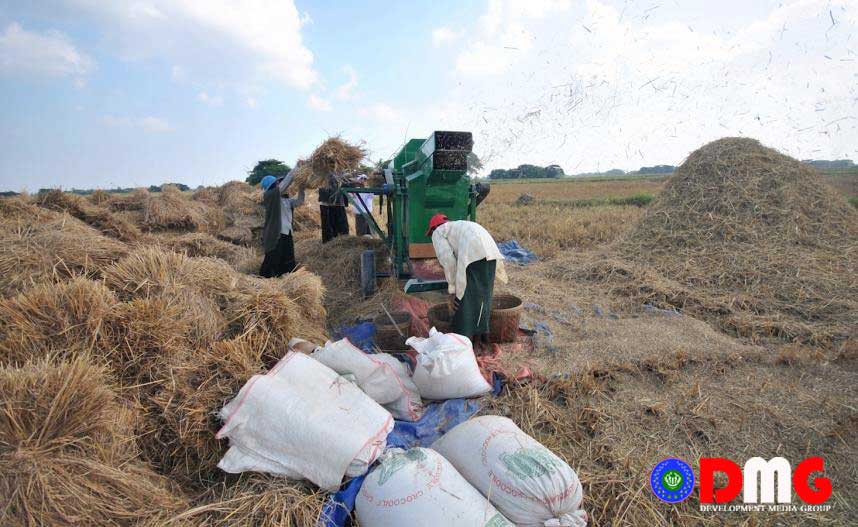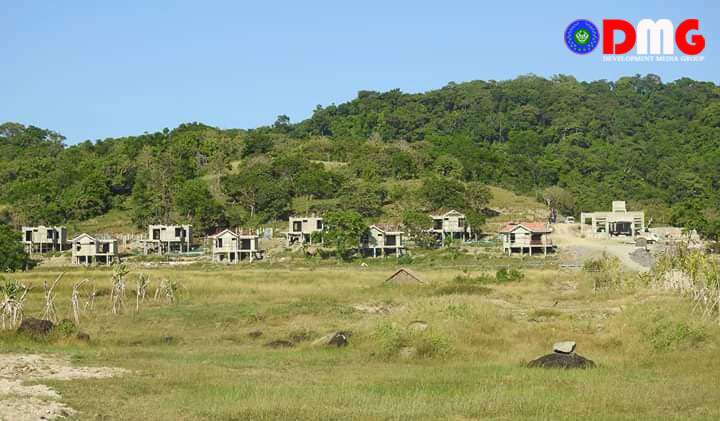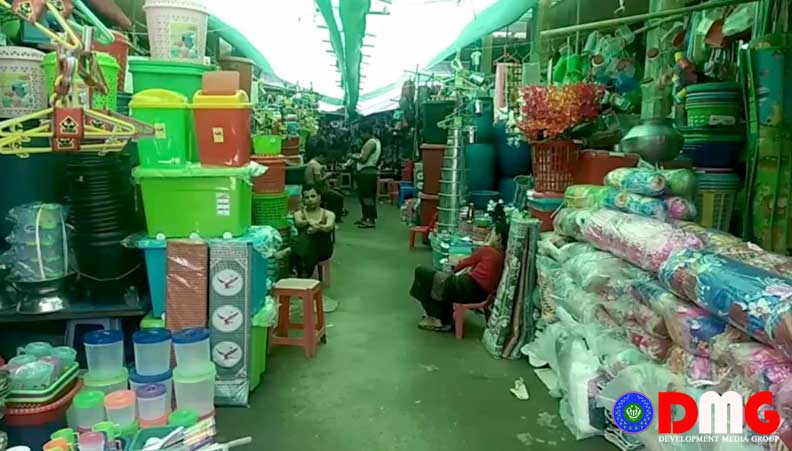- Fighting escalates between Myanmar military, Arakan Army in Ayeyarwady Region
- Regime steps up civilian arrests in Sittwe
- ULA safeguards Mrauk-U's ancient heritage
- Arakan on the Edge: What the DMG Landmine Impact Report Reveals About Myanmar's Deepening Humanitarian Crisis
- RNP chair U Ba Shein pledges renovation of Manaung Airport, solar plant
Mangrove conservation in Arakan State
Mangrove forests can be seen along the coastal intertidal zone. The trees and shrubs that are wildly grown along the banks of rivers and by the coast may look useless, but they’re a gift of nature; they effectively benefit both people and animals all year round.
10 Sep 2019
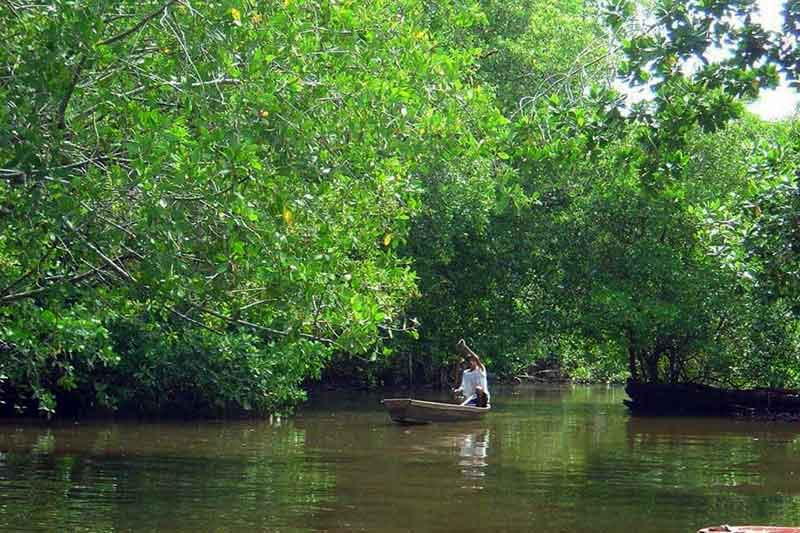
By Kyun Thar Nga Mann | DMG
Mangrove forests can be seen along the coastal intertidal zone. The trees and shrubs that are wildly grown along the banks of rivers and by the coast may look useless, but they’re a gift of nature; they effectively benefit both people and animals all year round.
Unusual trees
It has unique roots. It’s dense tangle of prop roots make trees stand firmly in the silt. The roots appear above the surface of the silt to breath in air during high tide. Since they are grown at the banks of rivers, they always suffer from the flow of tide water and high tides from rain and other natural occurrences. They grow in muddy areas along the coast and river banks, mangrove trees are resistant to both fresh water and sea water. The dense tangled roots protect the land from erosion and other natural calamities.
The structure of the roots and their growth patterns protect the trees against the crashing of huge waves. So, they act as a buffer against erosion and landslides at the banks of rivers and coastal areas during high and low tides. Moreover, the mangrove forests provide a rich habitat for aquatic creatures such as fish and crabs, predators such as crocodiles, bears, otters, and wetland birds. Medicinal plants also thrive in the mangrove forests.
The mangrove forests that are grown in the tropics can reportedly absorb carbon dioxide in greater quantity than trees in other climates. It also helps the environment by reducing carbon dioxide emissions that cause occur global warming. It can absorb carbon dioxide two to four times more than other forests. And, it can absorb toxins such as arsenic that can harm creatures on the globe.
Mangrove forests in Arakan State
According to the Forest Department, mangrove forests have covered the largest area in Thaninthari Region with 98 percent in a period from 1980 to 2015 among Myanamr’s three coastal areas. It had covered 76 percent in the Arakan coastal area and 29 percent in Ayeyarwady delta area in the same period.
The Ayeyarwady delta region was previously the largest mangrove forest grown area in Myanmar. There were about 8 million acres of mangrove forests, but only 500,000 acres of mangrove forests were left after Cyclone Nargis. The Forest Department has been conserving and preserving mangrove forests by defining reserved forests and public protected forests.
However, Arakan State has only one reserved forest for mangrove trees. Wun Paik reserve forest is over 2500 square kilometers. It is located in Rambree Township and a habitat for rare species and biological diversity.
The mangrove forests in Arakan State are now being destroyed due to the construction of fish and shrimp ponds, the development of salt farms, expanding agricultural farming and extreme logging. Illegal logging for firewood poses the greatest threat to Wun Paik reserve. Although the forest is in good condition, it has faced a high risk of being destroyed. Over 400,000 acres of mangrove forest remains in Arakan State, but most of it survived after cutting down trees.
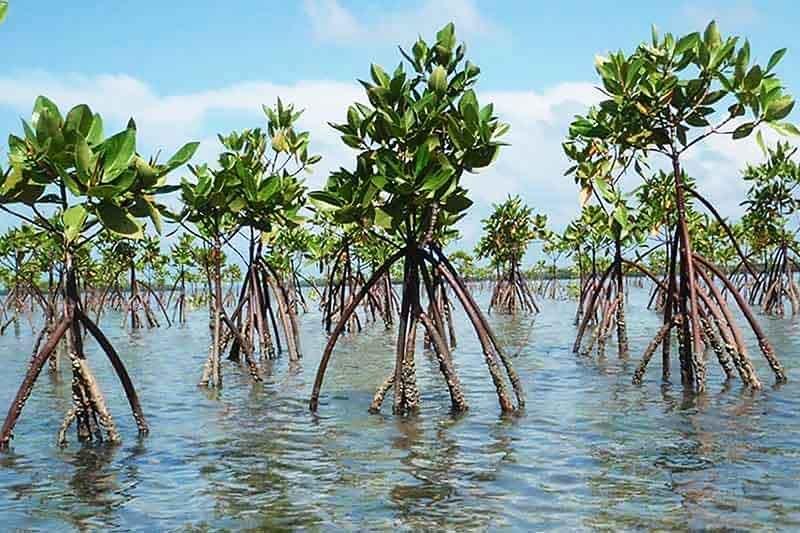
Conservation of mangrove forest
The conservation of mangrove forest is related with the development of fishery programs. The Rakhine Thahaya Association, Rakhine Fisheries Partnership and Rakhine Coastal Region Association are working for the development of the fishing industry. Since the conservation of the mangrove forests is connected with the Department of Fisheries, staff from the department of fisheries and forest are working together.
The conservation activities have been conducted effectively since 2011 by collaborating between local and foreign organizations. The ACR started the project in 2011 connecting with the Mangrove Network.
The team established community forests in 62 villages in Gwa Township, about 8000 acres of mangrove trees have been regrown. And, funds could be provided for 42 out of 62 villages in turn.
By establishing and conserving mangrove forests, local residents can earn more income because of the increase of fish and shrimp stock in the forest. The aqua resources can also be sustainable for local resident’s livelihoods.
Currently, the habitats of fish and shrimp have been destroyed because of establishing fish farming by clearing the mangrove forest, resulting in a decreasing population of fish and shrimp.
Community forest
The restoration of mangrove forests and re-growing mangrove trees was successful in southern Arakan State. But, in northern Arakan State, reserved forests and public protected forests for mangrove forests cannot be established in spite of mangrove forests existing in the area. Local residents misunderstand the establishment of reserve forests and public protected forests, said officials from the Forest Department. Local people wrongly thought that the areas will become state-owned forests and their livelihood can be affected when reserved forest and public protected forest are established.
Community forests means a forest owned by a group of local people. Locals can apply to establish a reserved forest or public protected forest. If local people are granted permission, they can maintain the forest and can earn money from plantations and forests. If villagers are granted permits to establish the forests, outsiders cannot enter the forests and local residents will get more job opportunities.
Local people can use mangrove trees and other trees grown in the same environment for domestic use. They can use the wood from Kapaing and Thila trees to build houses. They can also use the trees as firewood. It is recorded that mangrove wood from Wun Paik mangrove forest in Kyauk Phyu district was used as firewood for steamboats before the World War II and post-Independence era.
The first Arakan State parliament drew up a law to establish privately owned community forests (village’s firewood forest). But the law does not include the right to establish mangrove plantations and their maintenance. So, the law should be amended to include provisions for the mangrove forest.
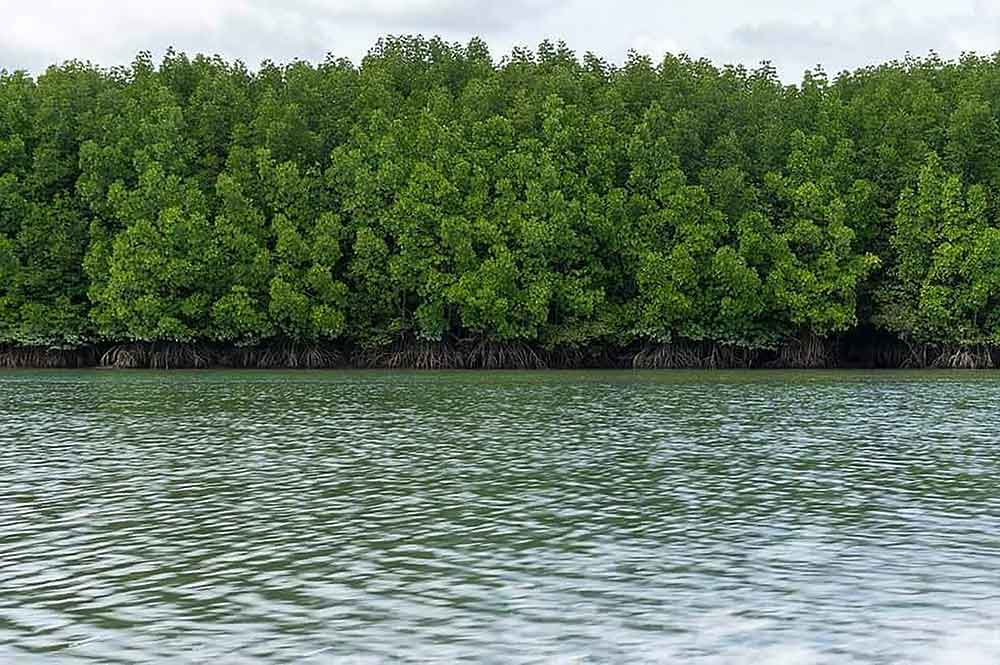
Mangrove forest restoration and rehabilitation
With the help of Denmark, Myanmar will conduct mangrove forest restoration and rehabilitation projects in Myebon and Rambree townships in northern Arakan State where the greatest mangrove forest degradation is found. The project mainly aims for climate change adaptation and was launched in June 2018. It is a five-year project that runs until 2023.
It needs to define and classify what land constitutes a reserved mangrove forest and protected forest in order to cultivate and conserve mangrove forests. In southern Arakan State, community forests have been established in areas nearby mangrove forests, but not in northern Arakan State.
The project includes establishing environmental and conservation areas, expanding the mangrove forest area, re-growing mangrove plants and capacity building for local residents to participate in the projects.
The mangrove forests can create livelihoods and can support a surplus for firewood and other natural resources. So, it is an effective project for the region if local people can play a key role in the mangrove conservation project. It also supports rehabilitation of other forests throughout Myanmar.
The mangrove forest can effectively protect the interests of humans and animals as well as prevent global warming. It generates aqua resources and forestry resources. It absorbs toxins that can harm people and animals. So, governmental departments and people need to work together for the sustainability of the mangrove forest while helping to expand the mangrove forest.







